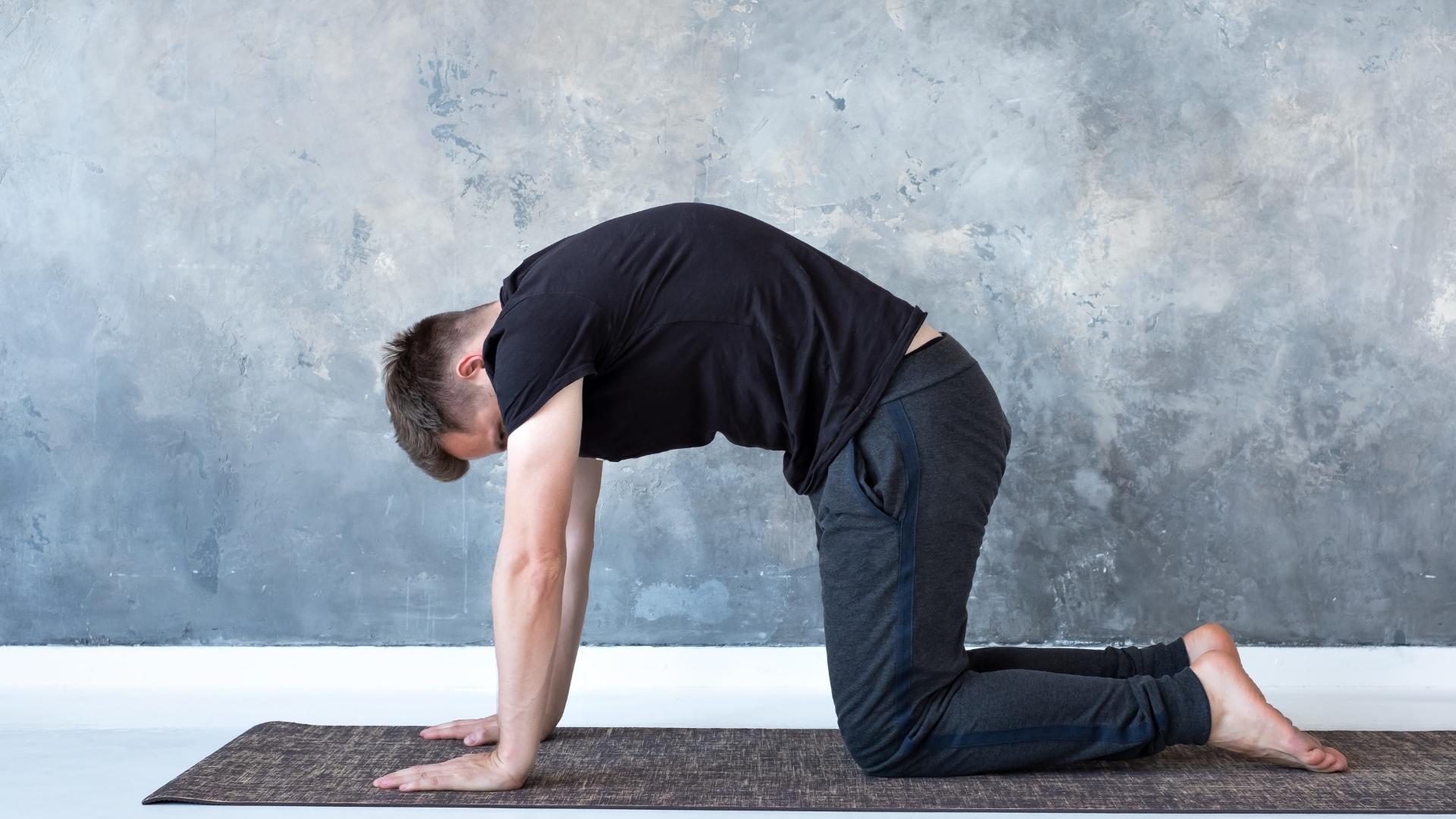Effective Exercises to Alleviate Lower Back Pain
Lower back pain can make daily activities difficult and stall your fitness goals. You're not alone, as many people deal with this issue. Understanding how to relieve this pain effectively can improve your quality of life and help you stay active. Regular exercises designed to strengthen and stretch your back can significantly alleviate lower back pain.
Incorporating specific exercises into your routine can make a big difference. Gentle stretches and strengthening moves can boost flexibility and support your spine. This might seem small, but these exercises can lead to big improvements over time. Focusing on these practices may also help prevent future discomfort.
If you're committed to reducing lower back pain, adding these exercises to your daily routine can help. Moving with intention not only eases current pain but also contributes to overall health. By focusing on these targeted movements, you invest in a healthier, pain-free future.
Understanding Lower Back Pain
Lower back pain can affect daily life and understanding why it happens helps in addressing it properly. Knowing the parts of the lower back and common causes can guide you in managing back pain in a more effective way.
Anatomy of the Lower Back
Your lower back, or lumbar region, supports much of your body’s weight. It consists of five vertebrae labeled L1 to L5. Between these vertebrae are discs that act as cushions, providing flexibility and absorbing shock. Ligaments and muscles support the spine, allowing for movement and stability.
Nerves in the lower back branch out to the rest of your body. The spinal cord passes through the spinal canal, and nerves branch out at different levels. These nerves control movement and sensation in the legs and feet.
Any of these components can become a source of pain when injured or strained. Issues with the discs, such as herniation, can cause pressure on the nerves. This can result in discomfort or pain.
Common Causes of Pain
A number of factors contribute to lower back pain. Muscle strain or ligament sprains often occur due to lifting heavy objects improperly. Sudden movements or awkward twisting can also lead to pain.
Sitting for extended periods, especially with poor posture, puts stress on the lower back. Long-term poor posture weakens the muscles, leading to discomfort.
Medical conditions like arthritis or osteoporosis can cause chronic pain. Arthritis involves inflammation of the joints, while osteoporosis weakens the bones, increasing fracture risk.
Understanding these causes helps you make better choices for preventing and managing lower back pain.
Exercise Strategies for Pain Relief
Relieving lower back pain is possible through targeted exercises. Stretching helps increase flexibility, while strengthening core muscles offers better support to your lower back. Low-impact aerobic activities improve overall function without putting much strain on your spine.
Stretching for Flexibility
Stretching regularly can help you reduce tension in your back muscles. Try this simple routine:
Cat-Cow Stretch: Start on your hands and knees. Alternate between arching your back up and down for a few minutes.
Child's Pose: Sit back on your heels with your arms stretched forward. Hold the position for 30 seconds.
Hamstring Stretch: Lie on your back with one leg straight. Pull the other leg towards you and hold.
These stretches loosen your muscles and can prevent muscle tightness that leads to pain. Focus on holding stretches gently, without pushing too hard. Repeat each stretch two to three times, daily if possible.
Strengthening Core Muscles
Strong core muscles provide crucial support for your spine, reducing the risk of back pain. Incorporate exercises such as:
Planks: Hold this position on your forearms and toes, keeping your body straight. Aim for 30 seconds or more.
Bird Dogs: On your hands and knees, extend one arm and the opposite leg. Hold, then switch sides for balance.
Bridges: Lie on your back with knees bent and feet flat. Lift your hips towards the ceiling, hold, and lower back down.
These exercises target the abs, back muscles, and hips. Perform them consistently for improved stability and protection against strain. Form is important to prevent injury; avoid any pain during movements.
Low-Impact Aerobic Exercises
Low-impact aerobics can enhance circulation and health, reducing stiffness and pain. Activities ideal for this purpose include:
Walking: Engage in brisk walks for about 20-30 minutes a day. It's simple and gentle on your joints.
Swimming: This water-based exercise supports your body weight and eases lower back tension.
Cycling: Use a stationary bike with careful posture to avoid stressing your back.
These activities keep your spine flexible and enhance endurance. Make them part of your regular routine to enjoy long-term benefits. Listen to your body and adjust intensity levels as needed to maintain comfort and effectiveness.
Conclusion
Taking care of your lower back involves regular exercise and proper form. Stretching and strengthening exercises are key to reducing pain and preventing further issues. Consistency is important and it's helpful to gradually build up the intensity of your workouts.
Make sure you listen to your body and avoid pushing too hard. If you're experiencing severe or persistent pain, it's a good idea to talk to a healthcare provider.
For expert guidance and support, visit Elevate Rehabilitation in Oakville. Our skilled team is ready to help you on your journey to a healthier, pain-free back.



